SECTION 3: Action Plan & Implementation
This section includes guidance on developing a CDBG-DR Action Plan in response to the Consolidated Notice, including steps to take when submitting the required pre-award submissions, the Implementation Plan, and the Public Action Plan. This section also moves into the Implementation phase of projects and activities, and includes relevant guidance on resilience planning and best practices when incorporating mitigation into long-term recovery.
Implementation of Recovery Activities
Resilience, Hazard Mitigation and Climate Action
The Consolidated Notice requires grantees to establish resilience performance metrics for activities to construct, reconstruct, or rehabilitate residential or non-residential structures to protect the public, including members of protected classes, vulnerable populations, and underserved communities from natural hazards, including hazards influenced by climate change. Grantees should align their mitigation measures and resilience performance metrics with hazard mitigation plans submitted to FEMA or other state, local, or tribal hazard mitigation plans. Grantees must establish the following performance metrics:
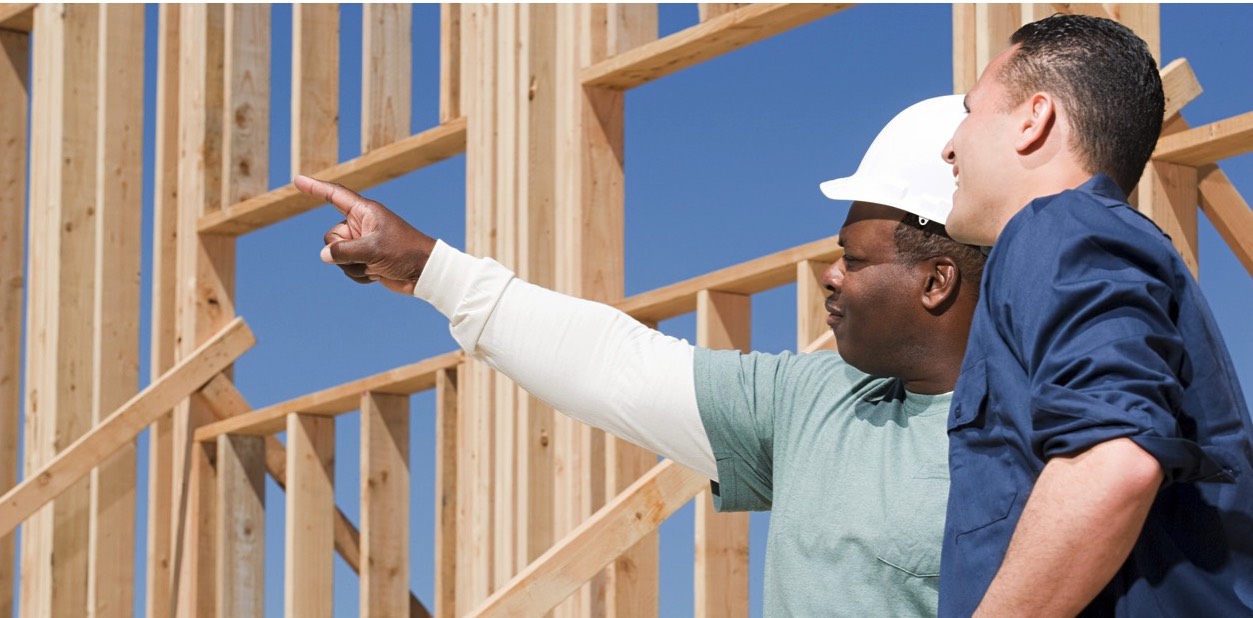
-
An estimate of the projected risk to the completed activity from natural hazards, including those hazards that are influenced by climate change (e.g., high winds destroying newly built homes),
-
Identification of the mitigation measures that will address the projected risks (e.g., using building materials that are able to withstand high winds), and
-
An assessment of the benefit of the grantee’s measures through verifiable data (e.g., 10 newly built homes will withstand high winds up to 100 mph).
Additionally, all newly constructed infrastructure that is assisted with CDBG-DR funds must be designed and constructed in a resilient manner to withstand extreme weather events and the impacts of climate change. The resiliency planning requirements and best practices are described more below.
The notice defines resilience as a community’s ability to minimize damage and recover quickly from extreme events and changing conditions, including natural hazard risks. At a minimum, the grantee’s action plan must contain a description of how the grantee will:
-
Emphasize high quality, durability, energy efficiency, sustainability, and mold resistance;
-
Support adoption and enforcement of modern and/or resilient building codes and mitigation of natural hazard risk, including climate-related risks (e.g., sea level rise, high winds, storm surge, flooding, volcanic eruption, and wildfire risk, where appropriate) and provide for accessible building codes and standards, as applicable;
-
Establish and support recovery efforts by funding feasible, cost-effective measures that will make communities more resilient against a future disaster;
-
Make land-use decisions that reflect responsible and safe standards to reduce future natural hazard risks, including climate-related risks, and remove people and property out of harm’s way;
-
Increase awareness of the hazards in their communities (including underserved communities) through outreach to the MID areas; and
-
Promote sound, sustainable long-term recovery planning informed by a post-disaster evaluation of hazard risk, including climate-related natural hazards.
As a reminder when planning for resilience, grantee’s activities should know the appropriate fair housing and civil rights related state and local land use laws and practices. For example, see HUD and DOJ’s joint statement: State and Local Land Use Laws and Practices and the Application of the Fair Housing Act (this document can be viewed here).
The term “resilient community” is building on the foundation of hazard mitigation, which focuses on reducing or eliminating loss by incorporating mitigation measures into critical infrastructure and reducing the vulnerabilities a community faces when natural disasters occur (this information comes from NIST Community Resilience toolkit which can be found here). Resilient communities take hazard mitigation a step further by actively incorporating resiliency measures when rebuilding or recovery from disaster.
Resilience planning must consider construction standards and land-use decisions that reflect responsible floodplain and wetland management and take into account continued sea level rise, if applicable; and coordinate with other local and regional planning efforts to ensure consistency. This information should be based on the history of FEMA flood mitigation efforts and take into account the projected increase in sea level (if applicable) and the frequency and intensity of precipitation events. CDBG-DR grantees must use the FEMA-approved Hazard Mitigation Plan (HMP) to inform the evaluation of hazard risk, and the HMP should be referenced in the action plan. To further inform resilience planning, FEMA also has a
Resilience Analysis and Planning tool.

FEMA classifies threats and hazards as natural hazards, technological hazards, and human-caused hazards. Generally, CDBG-DR funds are appropriated for natural hazards.
The table below contains examples of common natural hazards, risks, and cascading events (this information is pulled from FEMA’s Threat and Hazard Identification and Risk Assessment (THIRA) and Stakeholder Preparedness Review (SPR) Guide which can be viewed here) in the United States.

Some of the examples above are also climate-related events. FEMA defines climate changes as
“a statistically significant variation in either the mean state of the climate or in its variability, persisting for an extended period.” (pg. 54, FEMA Local Mitigation Planning Handbook)
When considering climate change, a grantee should ask the following questions:
-
What types of weather and climate-related events have historically caused damage in this region?
-
Are future climate conditions projected for this region?
-
What does “normal” look like during each season compared to projections?
The U.S. Climate Resilience Toolkit provides several data sources and online tools that can be used to understand current and future risks. These resources can be viewed at https://toolkit.climate.gov/steps-to-resilience/explore-hazards.
When a significant event occurs, there are frequently cascading events or events that occur as a direct or indirect result of an initial event. To become more resilient, grantees are encouraged to use CDBG-DR funds to develop a disaster recovery and response plan that addresses long-term recovery and pre- and post-disaster hazard-mitigation, if one does not currently exist. A grantee should follow FEMA’s processes to identify hazards and risks and assess the impact of those risks.

Grantees should consider the likelihood of the hazard occurring and what the impacts of the hazard would be if it occurred. FEMA provides specific steps when conducting a risk assessment to determine the potential impacts of a hazard to the community. First, risks must be defined. A risk is typically viewed as the potential for damage or loss to community assets. FEMA defines community assets as the people, structure, facilities, and systems that add value to a community. The type and severity of the hazard to the community’s assets creates the risk. Once hazards and community assets have been identified, the risk must be assessed to understand the community’s vulnerabilities.
Important considerations when describing a hazard includes the geographic area affected by the hazard, the strength or magnitude of the hazard, the previous occurrences of the hazard and the probability for it to occur again, and climate change. A grantee can also conduct a Benefit-Cost Analysis (BCA) for a project or activity. FEMA has a created a BCA toolkit that can be used by CDBG-DR grantees when evaluating the impact of a project. The toolkit can be viewed here.
HUD worked with FEMA staff on a webinar to walk through the use of the BCA Toolkit for CDBG mitigation (CDBG-MIT) funds. While the rules and requirements for CDBG-MIT do not apply to grants under the Consolidated Notice, CDBG-DR grantees may wish to view the webinar to learn how best to use the toolkit to weigh out the costs and benefits of selected projects.
There are several forms of mitigation actions that can be taken to reduce or eliminate risk. FEMA lists the following primary mitigation actions to be used to reduce long-term vulnerability:
-
Local plans and regulations,
-
Structure and infrastructure projects,
-
Natural system protections, and
-
Education and awareness programs (pg. 71) (FEMA Local Mitigation Planning Handbook)
For more information about the types of mitigation actions, including the parties involved in each action, a grantee should refer to FEMA’s Local Hazard Mitigation Planning Handbook. This handbook provides mitigation ideas, best practices, and types of hazard mitigation assistance.
Because of the timing of CDBG-DR funds, grantees are strongly encouraged to consult with the applicable agency(ies) administering FEMA’s hazard mitigation grants and other regional mitigation grants. This is critical to understand and align its CDBG-DR program with FEMA’s mitigation efforts, when feasible, to create a consistent recovery and mitigation approach.
For tornadoes and hurricanes a grantee can provide a description in its action plan of how the grantee will mitigate against similar future disasters and incorporate, adopt, or promote wind-resistant building codes, standards, and other techniques that contain hurricane and wind resistant designs. Some common examples a grantee may choose to implement to meet this requirement are:
-
Incorporating construction of safe rooms in homes, shelters, and other vulnerable public structures.
-
Adopting wind-resistant building techniques, such as structural bracing, straps and clips, anchor bolts, reinforced pedestrian and garage doors, window shutters, waterproof adhesive sealing strips, and interlocking roof shingles.
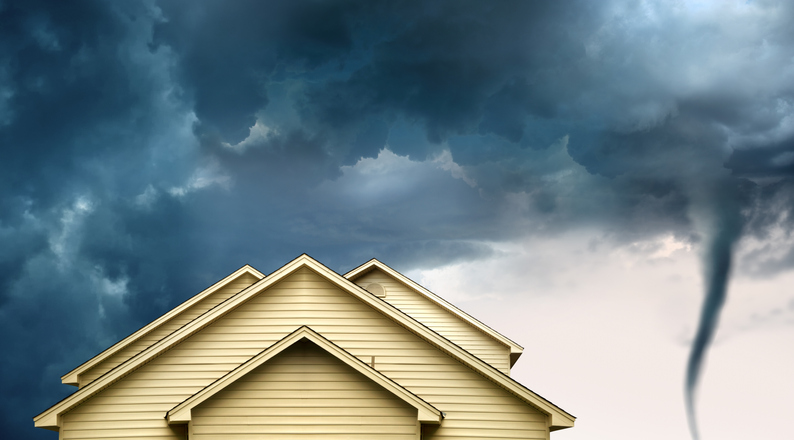
For wildfire disasters a grantee can provide a description in its action plan of how the grantee will mitigate against similar future disasters and incorporate, adopt, or promote fire-resistant construction techniques that reduce future wildfire risk. Some common examples a grantee may choose to implement to meet this requirement are:
-
Taking into account continued sea level rise, if applicable. This may include determining and enforcing acceptable land uses that will alleviate the risk of damage by limiting expose in the flood hazard areas.
-
Consulting industry standards, such as the International Building Code (IBC), International Residential Code (IRC), and the American Society of Civil Engineers (ASCE) standards that specify minimum requirements and expected performance for the design and construction of buildings and structures in the flood hazard areas to make them more resistant to flood loads and flood damage.
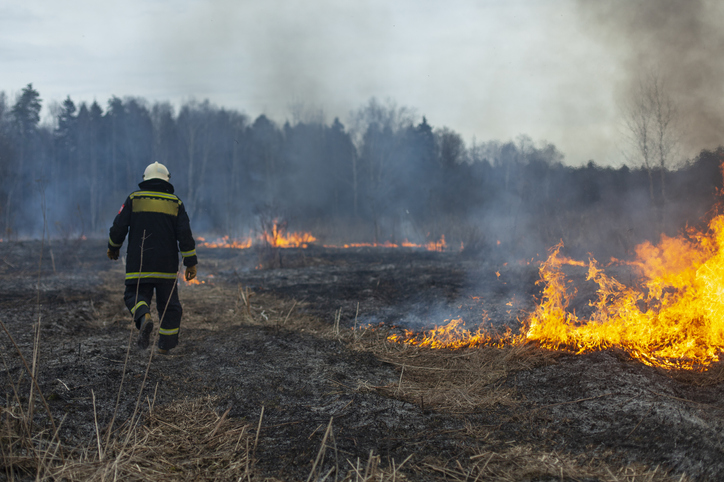
For flood-related disasters, a grantee can provide a description in its action plan of how the grantee plans to adhere to the advanced elevation requirements established in the notice and incorporate, adopt, or promote responsible floodplain and wetland management, including consulting the applicable industry standards.
A grantee’s decision to elevate structures in a particular neighborhood or local government should be cost reasonable relative to other alternative strategies, such as demolition of substantially-damaged structures with reconstruction of the structure on the same site, property buyouts, or infrastructure improvements to prevent loss of life and mitigate future property damage.
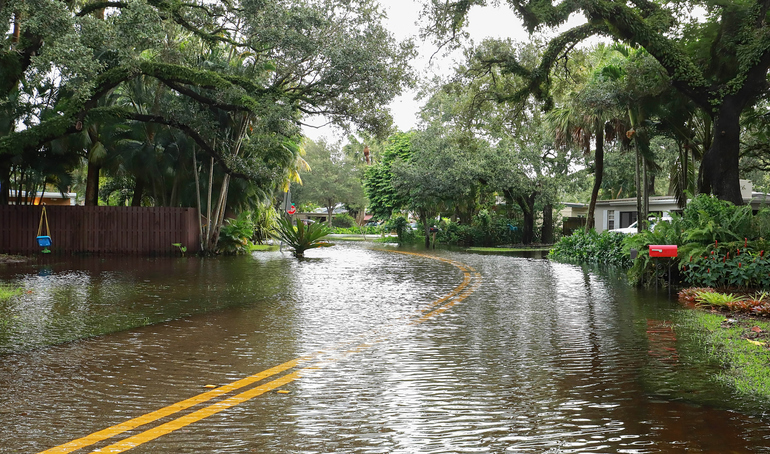
For earthquakes a grantee should provide a description in its action plan of how the grantee will mitigate against similar future disasters and incorporate, adopt, or promote relevant building codes, safety standards, and seismic retrofitting that will protect critical facilities, infrastructure, and housing. Some common examples a grantee may choose to implement to meet this requirement are:
-
Consult and incorporate industry standards, as appropriate, such as American Society of Civil Engineers (ASCE) for seismic evaluation of existing buildings, seismic rehabilitation of existing buildings; and procedures for post-earthquake safety evaluation of buildings.
-
Protecting critical facilities, infrastructure, and housing by incorporating seismic retrofitting, hardening, and bracing. Some common examples of this are: flexible piping when extending water, sewer, or natural gas; installing shutoff valves and emergency connector houses where water mains cross fault lines; building safe rooms to provide protections; and anchoring rooftop mounted equipment and other furniture to reduce potential future damage.
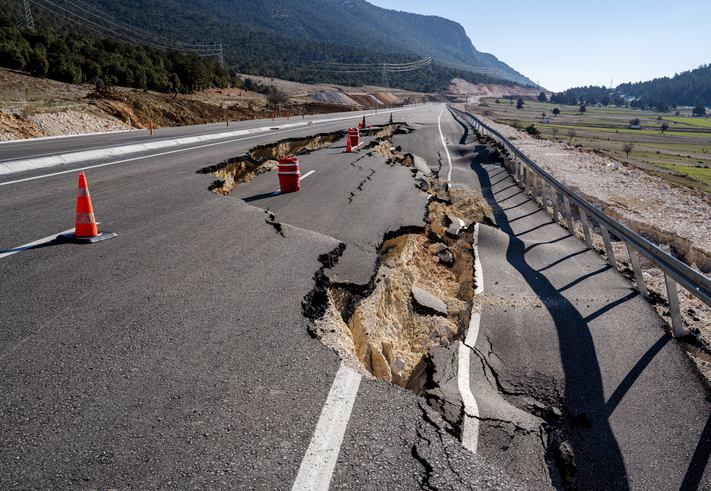
Some common examples a grantee may choose to implement to meet this requirement are:
-
Adopting and encouraging fire-resistant construction techniques, such as: the use of non-combustible materials (i.e., stone, brick, and stucco), fire resistant roofing and other materials, enclosing the foundations of homes and other buildings in wildfire-prone areas, prohibiting wooden shingles/wood shake roofs on any new construction in areas prone to wildfires, and encouraging functional shutters on windows.
-
Reducing risk to structures and infrastructure by creating buffers around residential and non-residential structures through the removal or reduction of flammable vegetation or replacing flammable vegetation with less flammable species.
While HUD requires grantees to adopt Green and Resilient Building Codes for new construction, reconstruction, and for rehabilitation activities of substantially damaged residential buildings, grantees are strongly encouraged to also incorporate Resilient Home Construction Standards into all of their CDBG-DR programs. FORTIFIED is an industry recognized construction and re-roofing program that is designed to increase resiliency in homes and commercial buildings. There are two types of FORTIFIED programs:
The FORTIFIED Home program is a risk-reduction program providing construction standards for new homes and retrofit standards for existing homes, which will increase a home’s resilience to natural hazards, including high wind, hail, and tropical storms. More information is available here.
-
FORTIFIED Roof level should be used for roof repair or reconstruction;
-
FORTIFIED Home Gold level should be used for new construction of single-family, detached home; and
-
FORTIFIED Home Silver level should be used for reconstruction of the roof, windows and doors in existing homes.
Depending on the applicable level of FORTIFIED Home being used for the housing activity, grantees may consider setting higher standards. For example, the Bronze level uses ring shank rails on shingle roofs. Ring shank rails are most appropriate for properties that have asphalt roof shingles and may not be the best choice for all properties.
Insurers can provide discounts for homeowner’s insurance for properties certified as FORTIFIED. Grantees should advise property owners to contact their insurance agent for current information on what discounts may be available.
FORTIFIED Commercial should be used for non-residential commercial structures such as schools, hospitals and municipal facilities. More information is available here.
The grantee’s action plan should document if any of the MID areas are at risk for these types of natural hazards. The grantee can include maps such as these produced by USAA or NOAA to demonstrate the risks.
For example, the maps below show the likelihood of a hurricane, wildfire, earthquake, or tornado risk in different parts of the United States.

These images were pulled from USAA which uses NOAA’s National Weather Service Databases.
Knowledge Check
Test your understanding and retention of the key concepts covered in Section 3: Implementation of Recovery Activities by taking this quiz.
1. There are a few different models a State CDBG-DR grantee may choose to use when implementing CDBG-DR funded activities. Grantees should assess the capacity of each entity to determine if the entity can administer the funds compliantly and timely.
Correct. There are three different models a State CDBG-DR grantee may use when implementing CDBG-DR funds: 1) “direct” where the State grantee administers the programs directly; 2) “partner” where the State grantee funds other agencies, nonprofits, subrecipients, and contractors to administer the programs; or 3) “method of distribution” where the State grantee provides funding to Units of General Local Government (UGLG) to administer the programs. The State grantee may also use a combination of these implementation models. If a State CDBG-DR grantee is using a method of distribution, it must describe in its action plan how it will allocate its CDBG funds to the UGLG.
Incorrect. The statement correctly states that a State CDBG-DR grantee can choose from several different models when implementing CDBG-DR funds and, regardless of the model it chooses to use, it must assess the capacity of each entity to determine if the entity can administer the funds compliantly and timely.
2. Which of the following is NOT a resilience performance metric that grantees must establish within their action plan?
Incorrect. This is one of the resilience performance metrics that grantees must establish within their action plan before carrying out any CDBG-DR activities to construct, reconstruct, or rehabilitate residential or non-residential structures. An example of a projected risk estimate is high winds destroying newly built homes.
Incorrect. This is one of the resilience performance metrics that grantees must establish within their action plan before carrying out any CDBG-DR activities to construct, reconstruct, or rehabilitate residential or non-residential structures. An example of a mitigation measure is using building materials that are able to withstand high winds.
Correct. Time limit of funds is not considered a resilience performance metric for a grantee’s action plan.
Incorrect. This is one of the resilience performance metrics that grantees must establish within their action plan before carrying out any CDBG-DR activities to construct, reconstruct, or rehabilitate residential or non-residential structures. An example of a benefit assessment measure is 10 newly built homes will withstand high winds up to 100 mph.
3. Multiple entities collect data after a disaster occurs and may provide assistance. Besides FEMA, SBA, and the U.S. Army Corps of Engineers, which other entity may provide grantees with valuable data to incorporate in their unmet needs assessment?
Partially correct. This entity may provide valuable data grantees can incorporate in their unmet needs assessment, but there is a better answer.
Partially correct. This entity may provide valuable data grantees can incorporate in their unmet needs assessment, but there is a better answer.
Partially correct. This entity may provide valuable data grantees can incorporate in their unmet needs assessment, but there is a better answer.
This is the best answer. All three entities provide grantees with valuable data to incorporate in their unmet needs assessment. Additionally, there are other agencies and bureaus that collect data after a disaster occurs and can provide information when looking to compare the pre-disaster and post-disaster conditions.
4. HUD requires grantees to adopt a Certification Checklist for new construction, reconstruction, and for rehabilitation activities along with incorporating the Resilient Home Construction Standards. This will ensure an increase of resiliency in homes and commercial buildings.
Incorrect. HUD does not require grantees to adopt a Certification Checklist for new construction, reconstruction, or for rehabilitation activities. Certification Checklists are applied to Financial Management and Grant Compliance Certification requirements.
Correct. HUD does not require grantees to adopt a Certification Checklist, however HUD does require grantees to adopt Green and Resilient Building Codes for new construction, reconstruction, and for rehabilitation activities.
A Guide on How CDBG-DR Grantees Can Meet the Requirements of the Consolidated Notice